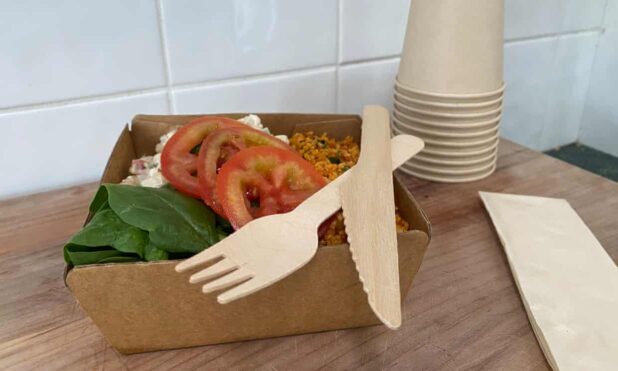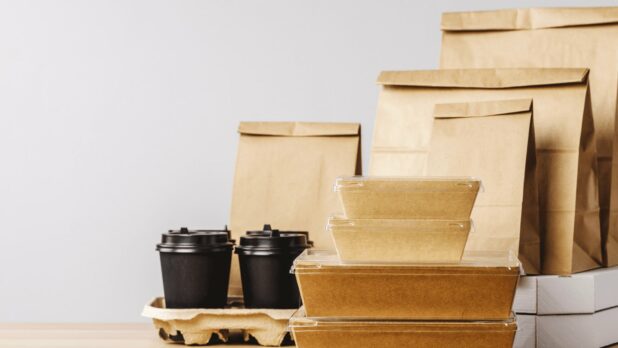Paper and cardboard food packaging treated with PFAS chemicals to make it grease-proof
You’re basically just eating nothing but poison.
You live in hell, and in hell, people eat poison.
A group of toxic PFAS chemicals that industry has claimed is safe to use in food packaging are concerning and present a health threat because they can break off and end up in food and drinks, a new peer-reviewed study finds.
The subgroup of PFAS, called “fluorotelomers”, have been billed as a safe replacement for a first generation of PFAS compounds now largely phased out of production in the US, Canada and the EU because of their high toxicity.
But the Guardian revealed in 2021 how chemical manufacturers had hid research showing that fluorotelomers may also be highly toxic, and the new study highlights how the compounds can move from packaging into food. Researchers say the paper highlights the need to ban the use of PFAS in food packaging.
“The continued use of PFAS in food packaging should be questioned given opportunities for the chemicals’ release and exposure,” the study’s authors wrote.
PFAS, or per- and polyfluoroalkyl substances, are a class of about 14,000 chemicals often used to make products resistant to water, stains and heat. They are called “forever chemicals” because they do not naturally break down, and they are linked to cancer, liver problems, thyroid issues, birth defects, kidney disease, decreased immunity and other serious health problems.
For decades, the chemicals have been added to paper wrappers, bags, plates, cups and other food packaging to help repel grease and water that would otherwise deteriorate the products. The chemicals are also added to some plastic food packaging as a barrier to prevent spoilage, and are especially common in the type of molded fiber bowls often marketed as “green” and “compostable”.
The US Food and Drug Administration in 2020 reached a “voluntary agreement” with some packaging producers to a five-year phaseout of 6:2 FTOH, a fluorotelomer regularly used in food packaging, after the agency learned that chemical manufacturers had hid evidence of its toxicity.
University of Toronto study coauthor Miriam Diamond said that researchers suspect that 6:2 FTOH and similar compounds are no longer being added to food packaging, but the chemicals’ presence may be a byproduct of the use of another group of PFAS called “fluoropolymers”.
Industry has claimed fluoropolymers do not move from food packaging into food because they are larger than most other PFAS. But the large structure can contain 6:2 FTOH, which Diamond said may break off from the fluoropolymer after the chemical is added to food packaging.
That process could create a loophole. While companies may no longer add 6:2 FTOH to food packaging and are in compliance with the phaseout, the compound still seems to end up in packaging after manufacture.
“They could say: ‘Hey, we’re complying – we’re not adding 6:2 FTOH,’” Diamond said. The process could also help companies skirt Canadian government’s de minimis levels for PFAS.
Honestly, I don’t really even think that buying raw food and cooking it yourself is going to help very much.
I mean, it’s better, obviously. Probably by a lot. But all of our food supply is so filled with poison, it’s like some kind of joke.
Nearly half of the #PFAS “forever chemicals” present in drinking water samples are not monitored by @EPA , according to our new peer-reviewed analysis at @NRDC and community members in 16 states. https://t.co/r3xag9m5jc pic.twitter.com/RN5QqEciPn
— Katie Pelch (@kepelch) April 12, 2023
Don’t have time to read the full scientific article? Check out our fact sheet: https://t.co/DIagKO1h9V
— Katie Pelch (@kepelch) April 12, 2023
 Daily Stormer The Most Censored Publication in History
Daily Stormer The Most Censored Publication in History




